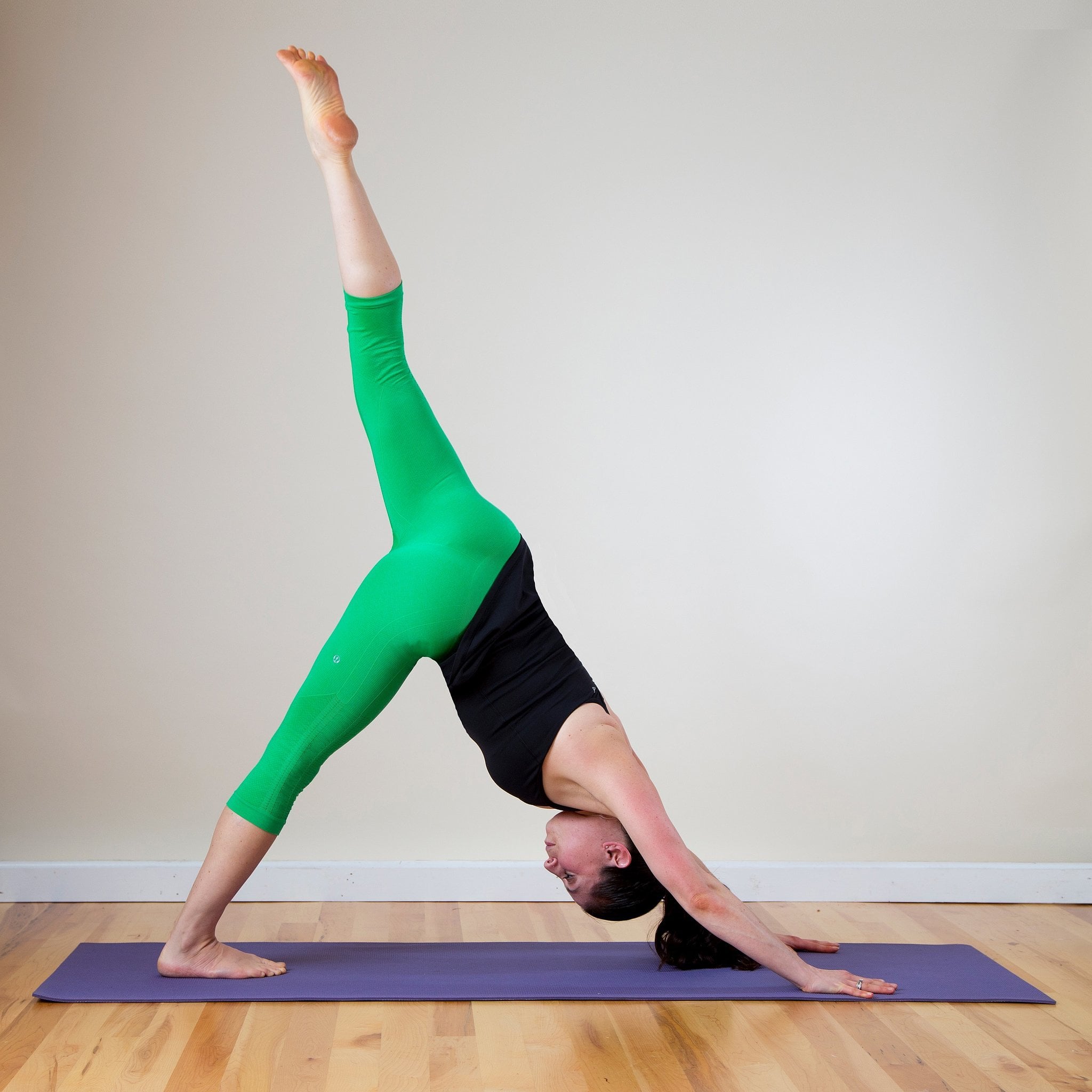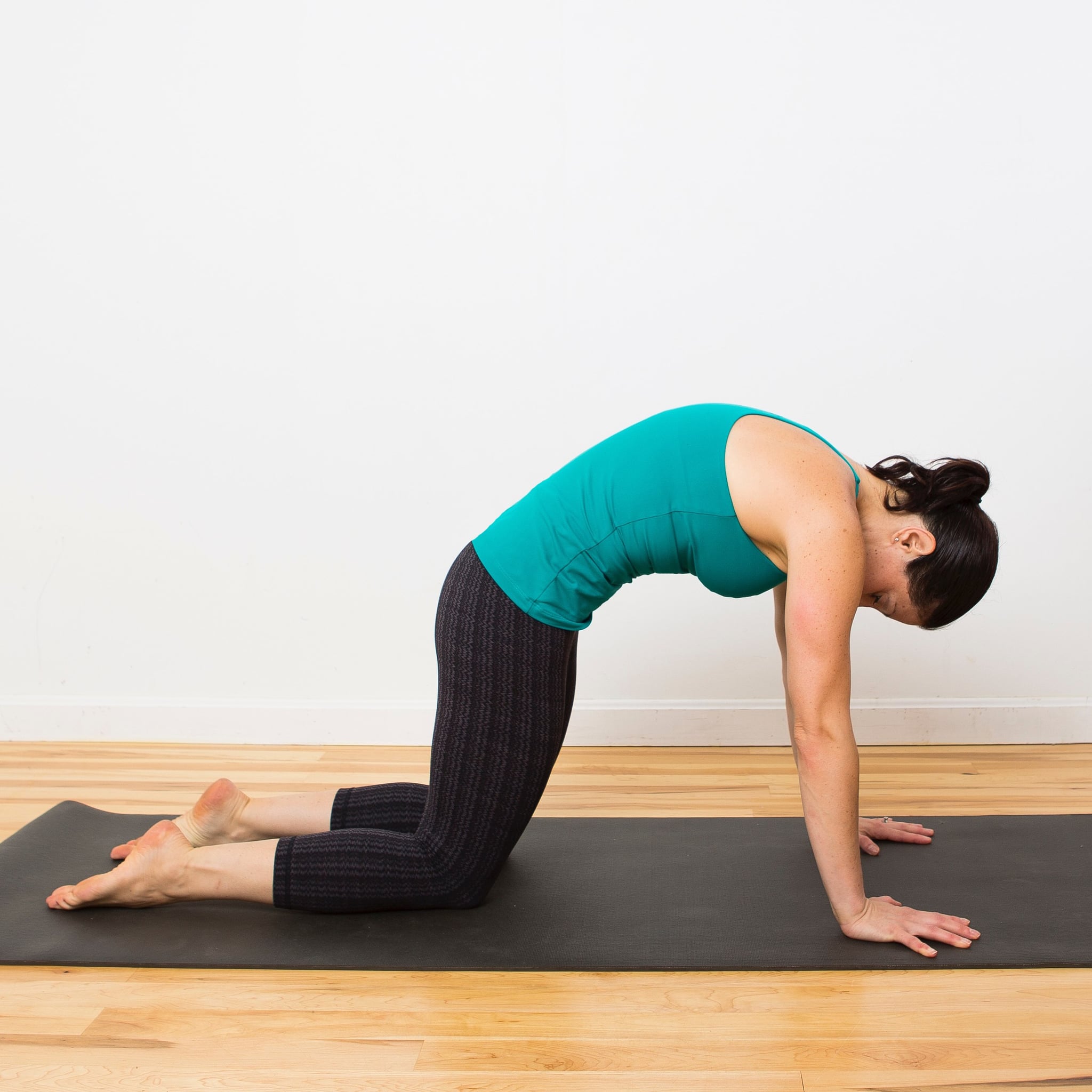I have been practising yoga since I was 19 and teach both Iyengar style from my training in Iyengar yoga and Vinyasa flow style form my training in Ashtanga yoga.
I have also recently started a Chair yoga class that draws on both my training as well as specific chair yoga exercises so that older and disabled people can also benefit.
People come to my classes for many reasons. The majority are slightly older people who are relatively fit but beginning to get injuries, stiff muscles and joints. They begin their journey in yoga as a balance to more strenuous physical activity. Focused stretching to counterbalance the tight muscles and stiff joints from sports injuries, regular use or just lifestyle. Others come for peace of mind, they find seated meditation too challenging and enjoy the calmness afforded by the focused attention of mind, breath and body that comes with yoga practice. Yoga focuses your mind on your physical body and breathing. As you go into your yoga asanas (poses) you think and feel how they affect your body. This is both internal and through the teacher coming round, hands on correcting, talking through where to focus and helping the student keep in touch with the breath. This level of focus stops the “chattering monkeys” of the mind and brings the “moving meditation ” into yoga, where the student is entirely focused on the now, no past or future, just where the body is and how it feels, now. This is where yoga differs from simple stretching, at the end of a yoga session, not only will all the muscles and joints be supple, stretched and mobile, but the mind will be still and the breathing settled. A morning yoga session leads to a calm productive day, an evening session to a deep nourishing sleep.

There are many styles of yoga classes available at the moment and a beginner may be overwhelmed by the choice. It is best to try a few different classes to find a style and teacher that suit. Many teachers, like myself, start out with one training and add others as they go along to develop their own eclectic styles.
I enjoy the rigour and discipline of Iyengar yoga, it is very precise and you know where you are with the poses. Props can be used for stiffer or sorer bodies in order to achieve the same benefits or to feel how the postures should affect the body. In my classes I use props like bricks, blocks, belts, bands, the wall intermittently, I like my Students to feel what they can achieve with and without props, trying to develop muscle memory so that the postures improve with time and practice and the students do not get reliant on the props.
I also love the dance like the flow of Vinyasa flow yoga and really enjoy being a participant in these types of classes. I trained in Ashtanga yoga, but many of my students find it too demanding, it can also be quite limiting to teach as it follows a set order of postures. The Vinyasa flow yoga takes the flow and strength aspects from Ashtanga yoga, but allows more scope for variety and can be levelled at different abilities. Generally, I would teach either a more prop based “Iyengar style” class or a more free flowing ” Vinyasa flow” style, but sometimes I like to mix different styles in one class. Every week I teach something different, either working towards a specific posture as a final goal, something challenging like a back bend, head stand, shoulder stand or the splits (a yoga karma) , or I do a variety of postures that work around the body and mobilize as many joints and muscles as possible while focusing the mind and calming the breath. I do teach different breathing techniques, including alternate nostril breathing or “Nadi Shodana” that Hilary Clinton mentioned as one of her methods of coping with loosing the presidential elections. However, I find the most useful for the majority of my students is a focus on the basic breath. Many people breath very shallowly and get problems with hyperventilation, anxiety, panic attacks, poor sleep etc. just learning how to deepen and lengthen the breath, how to breath from the abdomen rather than form the upper chest, can be a real insight for many people who did not even realize how their breathing is affecting their mood, responses, anxiety levels etc.

I teach all over Easter Ross in the Highlands, in Ardross Hall, Ardross I teach Chair and regular Yoga on a Wednesday and I teach regular Yoga classes in Tain at TRACC on a Tuesday morning and in Dingwall at the Community Centre on a Friday morning.
So why do I keep practising after all these years and how do I not find the repetition of these postures monotonous? I am probably a yoga addict, if I do not practise regularly my body seizes up and I get very stiff. To maintain a healthy mobile and pain-free body I put in a short practice session every day. I go through a routine that covers stretches and mobility of all the major muscles and joints. It also focuses my mind and breath and I come out feeling re-energised and connected. I love going to classes by other teachers, just a small adjustment here or a new focus there can bring a whole new light to an old posture and inspire my teaching. I am not a purist, I love many other physical pursuits – hill walking, running, cycling, swimming, exercise classes, horse riding etc. But without my regular yoga practice, my body would soon ache and stiffen up. I am more flexible and injury free than many of my students who are much younger than me and I am sure this is down to regular yoga practise.

It is never too late or too young to start yoga. I had my first introduction in primary school and thought it was hilarious, I have taught at my local primary school and have introduced the children to an activity that they would probably otherwise not have encountered. I kept these classes fun, but interestingly the children loved the relaxation just as much as the fun animal poses. I have students starting for the first time in their 70’s and 80’s, coming to try Chair yoga and enjoying the benefits of learning to breathe deeply as well as give their body a good stretch.
Yoga has been hugely incorporated into Western exercise and relaxation regimes. Go to any activity class at your local gym and you will get some yoga stretches. The concept of “mindfulness” has crept into common language. Even cleansing methods like the Neti pot are used by suffers of respiratory problems. The East and West keep bouncing off each other and hopefully, we will all learn new things on the way, as long as we keep open minds.



